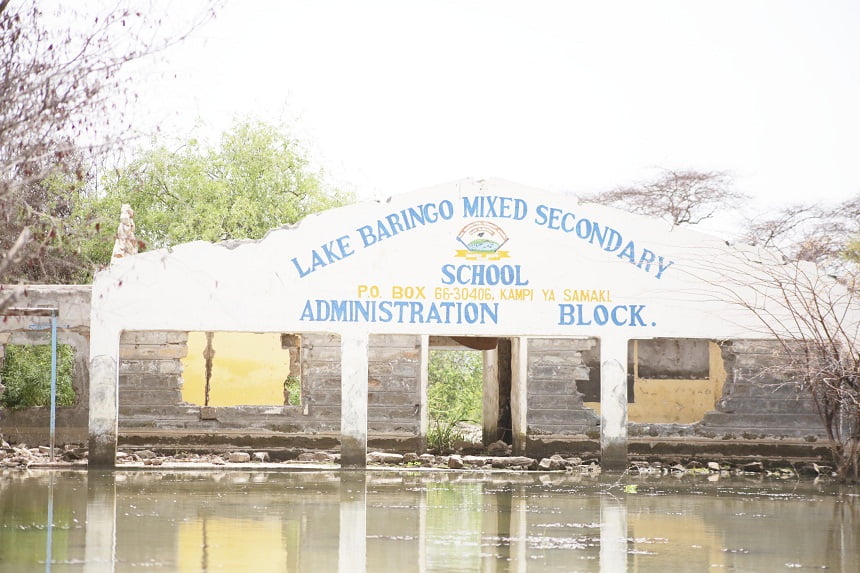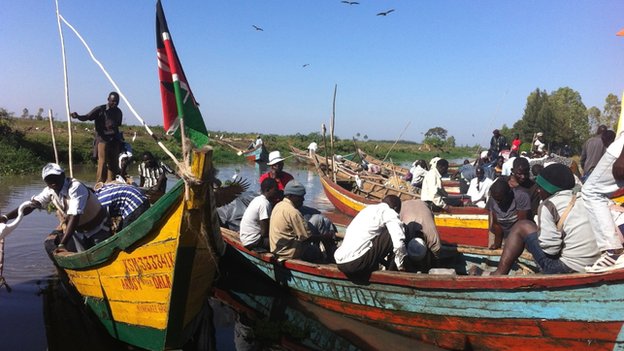As floodwaters continue to wreak havoc across the nation, the educational landscape faces unprecedented challenges. The shifting of school reopening dates and the displacement of learners from their homes have cast a shadow over traditional learning models. In this era of uncertainty, the question arises: should learners study from home, and what about those displaced by floods?
The concept of studying from home presents a feasible solution, leveraging technology to ensure continuity in education. Online courses offer a lifeline, enabling learners to access educational resources remotely. However, this approach is not without its pitfalls. The digital divide exacerbates disparities, as not all learners have access to the necessary technology or reliable internet connectivity. For those displaced by floods, accessing online courses becomes even more challenging as they contend with the loss of homes, possessions and stability.
Moreover, the psychological toll of natural disasters cannot be overlooked. Learners grappling with the aftermath of floods may struggle to focus on their studies amidst the trauma and upheaval. The disruption of routines and the uncertainty of the future add additional layers of stress, hindering academic progress.
Addressing these challenges requires a multifaceted approach. Firstly, governments and educational institutions must prioritize the provision of equitable access to technology and internet connectivity, bridging the digital divide. Secondly, psychological support services should be readily available to assist learners in coping with the emotional impact of natural disasters. Additionally, flexible learning options, such as asynchronous online courses, can accommodate the diverse needs of learners affected by floods, allowing them to navigate their studies at their own pace.
Furthermore, proactive disaster preparedness measures are essential to mitigate the impact of future calamities on education. Investing in resilient infrastructure, early warning systems, and community resilience initiatives can minimize disruptions and facilitate a smoother transition back to learning.
In conclusion, the intersection of natural disasters and education underscores the need for adaptability, resilience, and compassion. As we navigate these turbulent times, let us not only rebuild schools but also reimagine education, fostering inclusivity and empowerment for all learners, regardless of their circumstances. Only through collective action and unwavering determination can we ensure that education remains a beacon of hope amidst the darkest of storms.
YOU MAY ALSO READ:
How government should be prepared for natural hazards to ensure continuation of learning
By Tonny Kyule Nyamai
The write is a student of Communication, Journalism and Media Studies at Rongo University
To write to us or offer feedback, you can reach us at: editor@educationnews.co.ke
You can also follow our social media pages on Twitter: Education News KE and Facebook: Education News Newspaper for timely updates.
>>> Click here to stay up-to-date with trending regional stories






